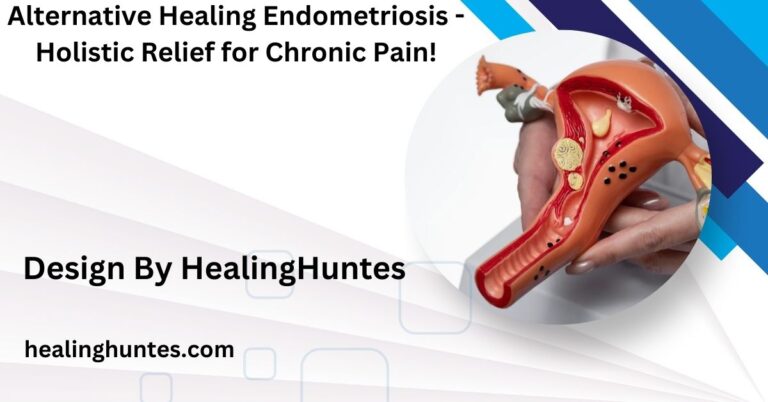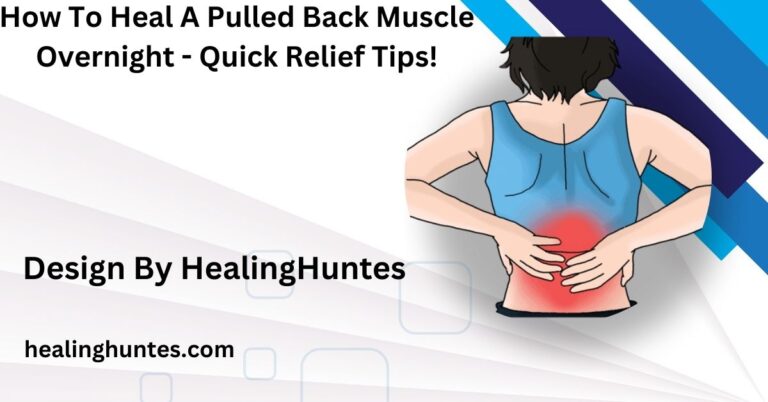What Is The Fastest Way To Heal Intercostal Muscle Strain – A Step-by-Step Guide!
This article provides effective strategies to heal intercostal muscle strain quickly, including rest, therapies, exercises, and prevention tips for lasting recovery.
This guide will explore proven strategies to recover from intercostal muscle strain swiftly, emphasizing practical steps you can take for relief.
Understanding Intercostal Muscle Strain:

Intercostal muscle strain occurs when the muscles between the ribs are overstretched or torn. These muscles are essential for breathing and torso movement, making the injury both painful and limiting. Common causes include sudden twisting, heavy lifting, or persistent coughing. Symptoms often include sharp pain, tenderness, and difficulty breathing, signaling the need for proper care.
What Are Intercostal Muscles?
Intercostal muscles are thin bands of tissue that connect and stabilize your ribs, playing a key role in breathing. These muscles expand and contract to assist the lungs in taking in and expelling air. Their critical function in respiratory movement makes them highly susceptible to strain during physical stress.
Causes of Intercostal Muscle Strain:
Intercostal muscle strain often results from overstretching, high-intensity activities, or abrupt twisting motions. Common triggers include sports-related injuries, improper lifting techniques, or prolonged bouts of coughing. These factors can overstress the muscles, leading to small tears or inflammation.
Symptoms to Watch For:
Pain localized between the ribs, especially during deep breaths, is a hallmark symptom of intercostal strain. Additional signs include tenderness, swelling, and occasional muscle spasms in the affected area. In severe cases, even simple movements can become uncomfortable or restrictive.
Also Read: How To Heal Chigger Bites Fast – A Complete Healing Guide!
Steps to Heal Intercostal Muscle Strain Quickly:
Effective recovery begins with rest to allow the damaged muscles to repair themselves. Applying ice packs in the first 48 hours can reduce inflammation, while heat therapy afterward promotes blood flow and eases stiffness. Gentle stretching and breathing exercises help restore flexibility without overexerting the muscles. Over-the-counter pain relievers can also provide temporary relief from discomfort.
Prioritize Rest:
Resting is essential to allow the intercostal muscles to heal without added stress. Avoid activities that involve heavy lifting, twisting, or straining the rib cage. Giving your body time to recover prevents further injury and promotes faster healing.
Apply Ice or Heat Therapy:
- Ice therapy reduces inflammation during the first 48 hours. Apply an ice pack for 15-20 minutes every few hours.
- Heat therapy relaxes muscles after the acute phase, improving blood circulation and easing stiffness.
Gentle Stretching and Breathing Exercises:
After the initial pain diminishes, gentle stretching and deep breathing exercises can restore muscle flexibility. These movements prevent stiffness and improve mobility, but it’s crucial to avoid pushing too hard to prevent reinjury.
Over-the-Counter Pain Relief:
Non-steroidal anti-inflammatory drugs (NSAIDs), such as ibuprofen, provide effective pain relief while reducing inflammation. Use them as directed and consult a healthcare provider if pain persists or worsens over time.
Home Remedies to Speed Up Recovery:

Hydration and a nutrient-rich diet play a crucial role in healing intercostal muscle strain. Foods high in protein and vitamins aid tissue repair and reduce inflammation. Proper posture while sitting and sleeping minimizes pressure on the injured area, supporting recovery. Avoiding activities that strain the ribs, including smoking, further accelerates the healing process.
Proper Posture:
Sitting or standing with an upright posture minimizes pressure on the intercostal muscles, promoting faster recovery. Ergonomic chairs and lumbar cushions can provide additional support, especially during long sitting periods. Proper posture also prevents further strain and discomfort in the injured area.
Hydration and Nutrition:
Adequate hydration and a balanced diet rich in vitamins and proteins accelerate the body’s healing process. Vitamin C promotes collagen formation, while protein aids in tissue repair. Include fruits, vegetables, and lean meats to ensure optimal recovery.
Avoid Smoking:
Smoking reduces oxygen supply to the muscles and slows the healing process, hindering recovery from intercostal muscle strain. Quitting smoking not only improves lung function but also enhances your overall ability to recover. Making this lifestyle change can significantly boost healing.
Also Read: How To Heal A Sprained Foot Overnight – Overnight Remedies That Work!
When to Seek Medical Attention:
If pain worsens or you experience difficulty breathing, consult a doctor immediately. Persistent symptoms might indicate a more severe injury, such as a rib fracture or nerve involvement. Diagnostic imaging like X-rays may be required to rule out complications.
Preventing Future Intercostal Muscle Strains:
Warming up before physical activities reduces the risk of overstretching muscles. Strengthening the core through targeted exercises like planks enhances stability and support for the ribs. Practicing safe lifting techniques by using leg strength instead of relying on the upper body prevents unnecessary strain. Staying mindful of your physical limits can significantly lower the chances of re-injury.
Warm-Up Before Exercise:
Before any physical activity, take time to warm up with light movements and stretches. This increases blood flow to the muscles, making them more flexible and less prone to injury. Proper warm-ups prepare your intercostal muscles for the demands of exercise, reducing the risk of strain.
Strengthen Core Muscles:
A strong core provides essential support for your torso, alleviating pressure on the intercostal muscles. Incorporating exercises like planks, bridges, and side bends can enhance your overall stability. Building core strength not only aids recovery but also prevents future injuries.
Practice Safe Lifting Techniques:
When lifting heavy objects, always bend your knees and rely on your legs for power instead of straining your back or chest. Keep the object close to your body and avoid sudden jerking motions. Adopting proper lifting techniques reduces unnecessary stress on the intercostal muscles.
FAQ’s
1. How long does it take for an intercostal muscle strain to heal?
Mild strains typically heal within 2-3 weeks, while severe strains may take 6 weeks or longer with proper care.
2. Can I exercise with an intercostal muscle strain?
Light activities like walking are acceptable, but avoid exercises that strain the chest or ribs until fully healed.
3. Are there natural remedies for intercostal muscle strain?
Yes, remedies like turmeric for inflammation and ginger tea for pain relief can complement medical treatment.
4. Should I wrap my ribs after an intercostal muscle strain?
Compression can help in some cases, but prolonged wrapping might restrict breathing. Always consult a doctor before using rib wraps.
5. Can massage therapy help with recovery?
Gentle massage therapy can improve blood circulation and alleviate tension in the surrounding muscles.
Conclusion
Intercostal muscle strain, though painful, can heal effectively with proper care and attention. Prioritize rest, use therapies like ice and heat, and adopt gentle exercises to aid recovery. Maintaining good posture, strengthening core muscles, and practicing safe lifting techniques can prevent future strains. If symptoms persist, seek medical advice to rule out complications. By following these strategies, you can ensure a swift and complete recovery.






